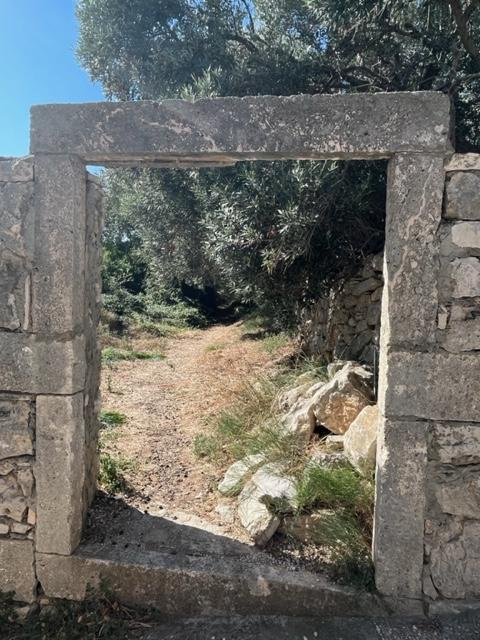THE VILLAGE OF OLIVE GROVES
Initially I chose the Korculan village of Lumbarda as the setting for The Olive Grove because I’d been there. It sounds really obvious, but I wrote the book during the long lockdown of 2021 when no-one was going anywhere, so that was a really important factor. Rather than returning to research, I had to live there in my mind, and it probably kept me sane during those dark winter months. Poring over photographs, videos, and maps reminded me just what a little gem it is with its rural setting, surrounded by olive groves and vines, its sparkling sea and tiny harbour.
I focussed on the older part of Lumbarda, where the original village nestles around its hilltop church and tumbles down to a curving bay. Around a headland shows another side to the place; the modern marina, chock full of yachts, with newer houses and more in the way of bars and restaurants. Where most visitors to the village stay, I guess.
It was fascinating to return this September, in part to see how much I got right and in part to research my book for summer ’25, because some of the action is set there. Strolling around on the Sunday morning gave me goosebumps; the walkway along the sea that Antonia takes to buy fish from the boats; the long strip of shingle at Bilin Zal where Damir escapes to think; the konoba, not actually called Pecaros of course, which forms the hub of the community, overlooking the bay.
But what of Vila Maslina? I knew where it was, of course I did, and just in that very spot, I discovered this gate. And I like to think… no, to dream, that Antonia and Damir are somewhere at the other end of that path.
